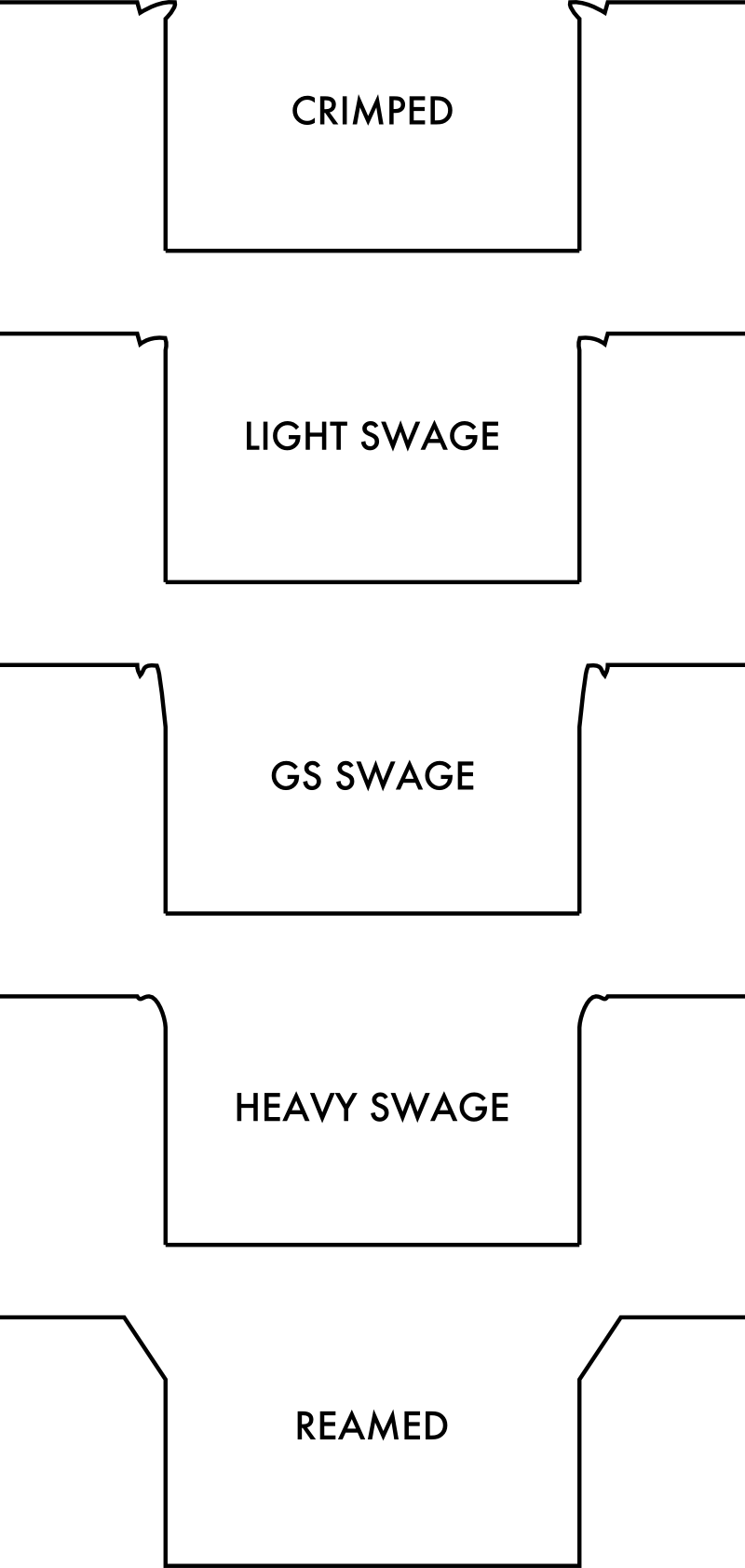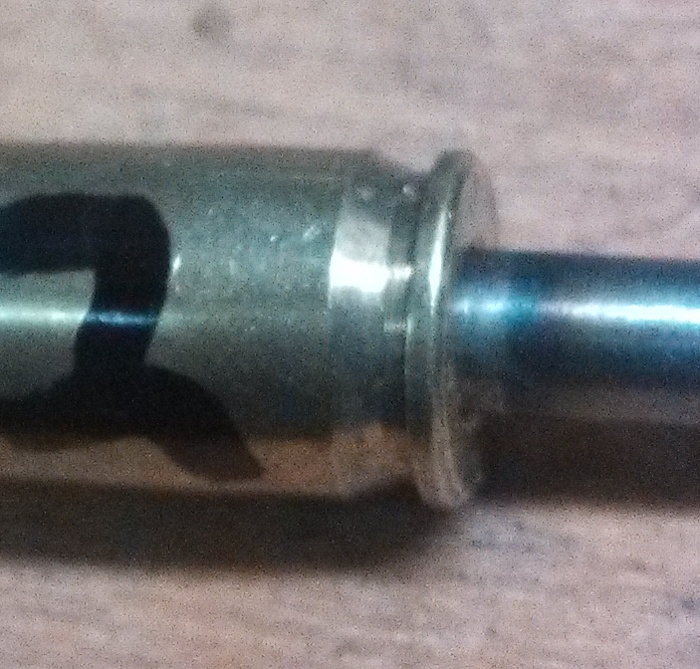Military primers are crimped in, leaving a small ring of metal behind that can make seating a new primer during the reloading process more difficult, or impossible in some cases. Swaging is a process of displacing metal using a die or punch, in this case, pushing that ring of metal back to allow for easier insertion of a new primer.
Swaging is usually considered the superior method of removing primer pocket crimps, compared to the alternative of reaming, which cuts the metal out rather than mashing it back into place. One problem is that while reamers for primer pockets are relatively cheap, swaging systems can be expensive, slow, or both.
The Dillon 1050 press has an on-press swaging system that is widely considered to be the fastest system with the ability to swage the pocket very well, when configured correctly. The 1050 press costs quite a bit of money, however.
The "holy grail" of swaging would be a system that is as fast as the 1050 swager, can swage just as well, and could be fitted to a lower cost progressive press. This is the intended niche of the GS Custom Dillon 650 swager.
My first impression of the GS swager is that the construction is solid and it's generally well-made. It uses a thick square-wire spring to pull the swage rod back out of the pocket. It replaces the primer system on the 650, necessitating the removal of the primer wheel and the replacement of the sheet metal finger that the primer ram normally runs on. The replacement block can be left in place for normal priming, but the rest of the system must be removed to go back to normal priming.
The GS Swage rod itself is of a trucated conical construction. This means it will taper the entire primer pocket mouth, and will not make a radius shape the way that Dillon, CH, or RCBS swage rods do if you run them hard enough. This offers a profile somewhere in between reaming and traditional swaging, as illustrated in the image.
When installing the GS swager, you'll know right away if your press is indexing correctly. Your press must be indexing perfectly for the GS swager to work correctly. The swage rod goes up through the shell plate without much clearance. If your press indexing is off, you risk the swage rod colliding with the shell plate, potentially chipping or breaking it.
I had to adjust the metal index pawl on the left side of the press to fine tune the shell plate timing. If your press has a gross mis-timing, the only way to address that is to loosen the entire shellplate assembly and turn it in relation to the ram shaft. This is a difficult proposition if you do not have an alignment tool.
The 1050 swager and the Dillon Super Swage use a "back-up rod" that goes inside the case to hold it while the swager inserts. This gives it a solid way to really push into the primer pocket. Since the 650 primes on the bottom of the stroke, there's no real way to incorporate a back-up rod. The shell plate flexes to a small extent when swaging on the 650. GS Custom sells replacement shellplates that are much stiffer than the Dillon shellplates, and are a recommended upgrade if you decide to try out the GS Swager.
Due to the way the GS Swager is constructed, it is possible to fine tune the protrusion of the rod by adding a #8 washer between the bottom of the rod and the plate inside the GS Swager. This gives you an option for additional swage pressure if your shellplate and case rims can take it.
The GS swager, in its current version, using the GS shellplate, is able to remove enough of the crimp that the pockets will gauge to the correct diameter, and a primer can be seated easily. It can't give a really hard radiused swage like the Dillon Super Swage or the 1050 set up for heavy swaging, but it does a good enough job at smoothing the edges of the primer pocket down, and is a viable option for low-to-moderate volume loaders of crimped brass.
Originally this review gave a somewhat negative impression of the GS Swager. Geoff, the creator of the GS Swage wrote me a while back saying that my results were not typical, and that the Swage system should be able to make a nice tapered swage. We concluded that my swage rod might be faulty and he offered to send me another one, and I offered to amend or retract the review based on testing with the new rod. I have since recieved the new rod, and gotten a GS shellplate, which gave much more satisfactory results. If you have an earlier version of the GS Swage that is not working well, write GS Custom and he'll fix it for you.



